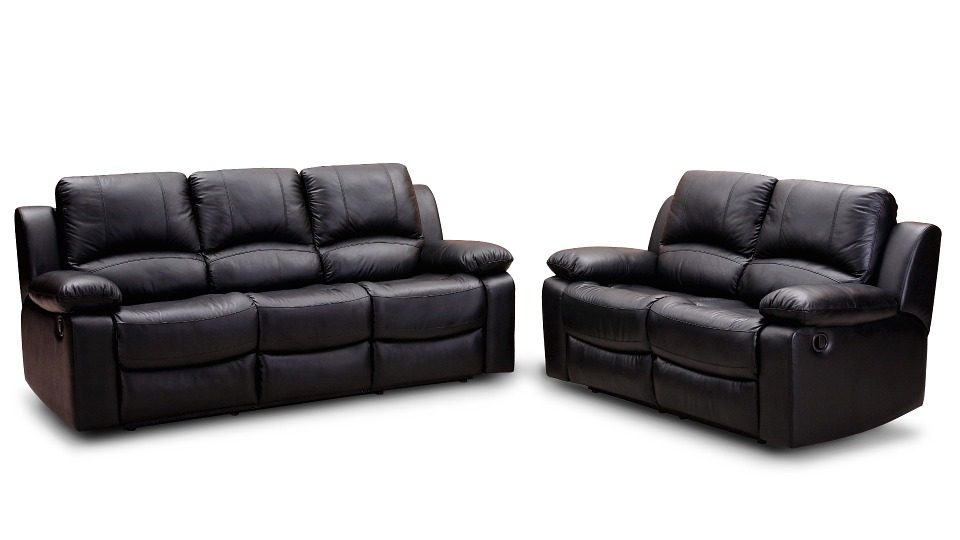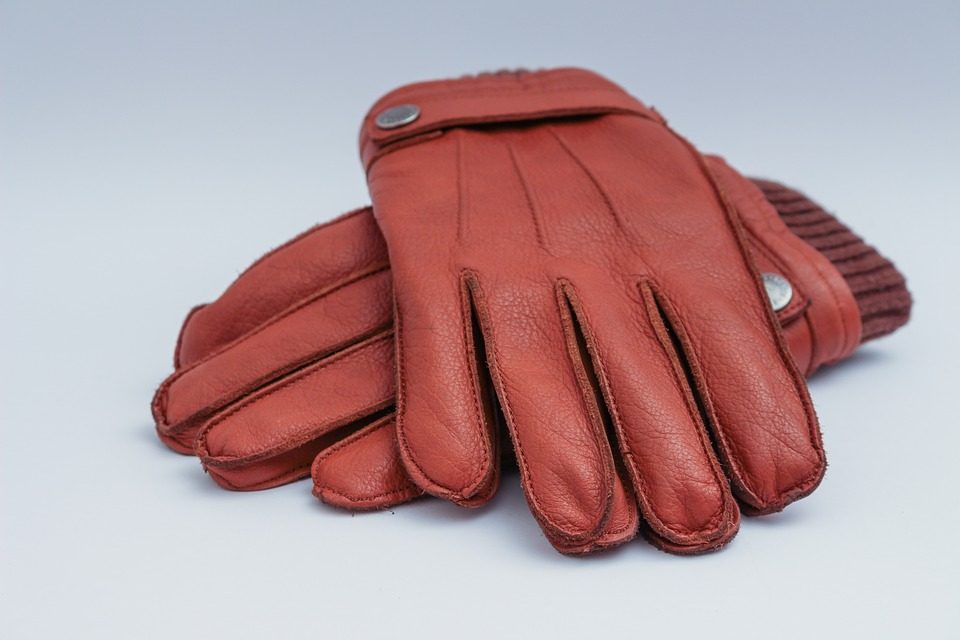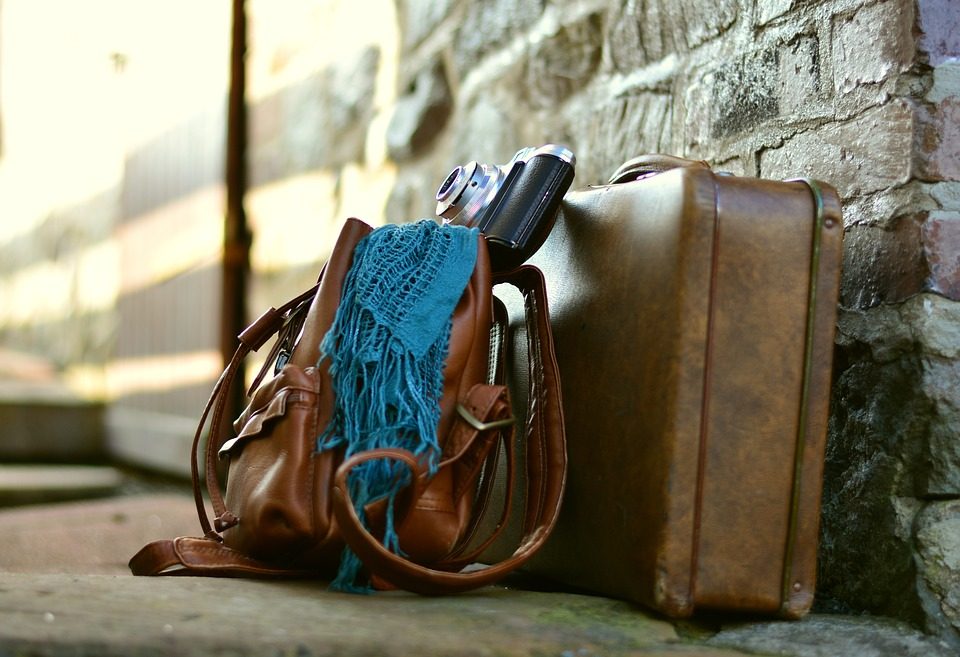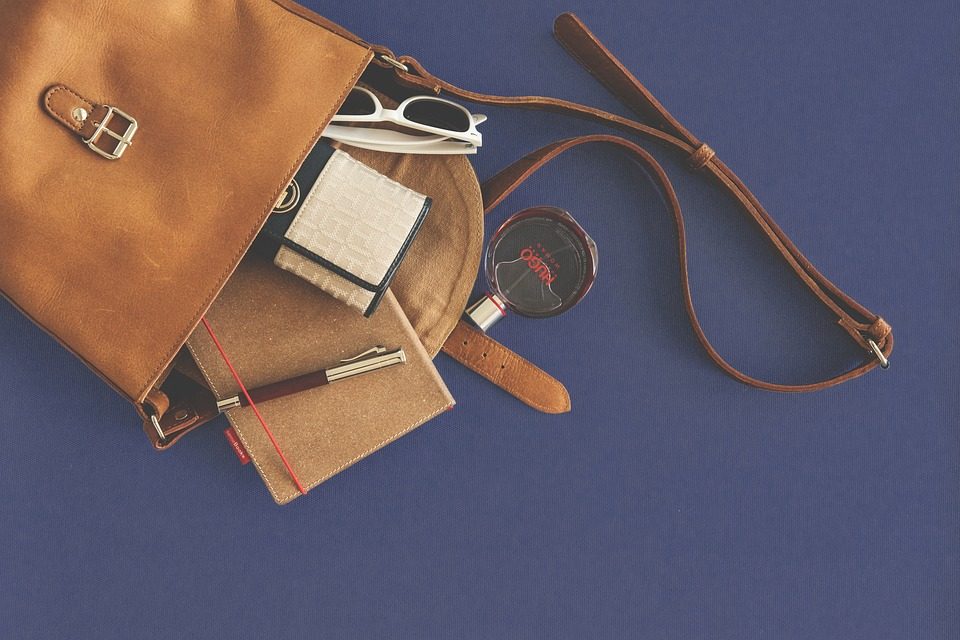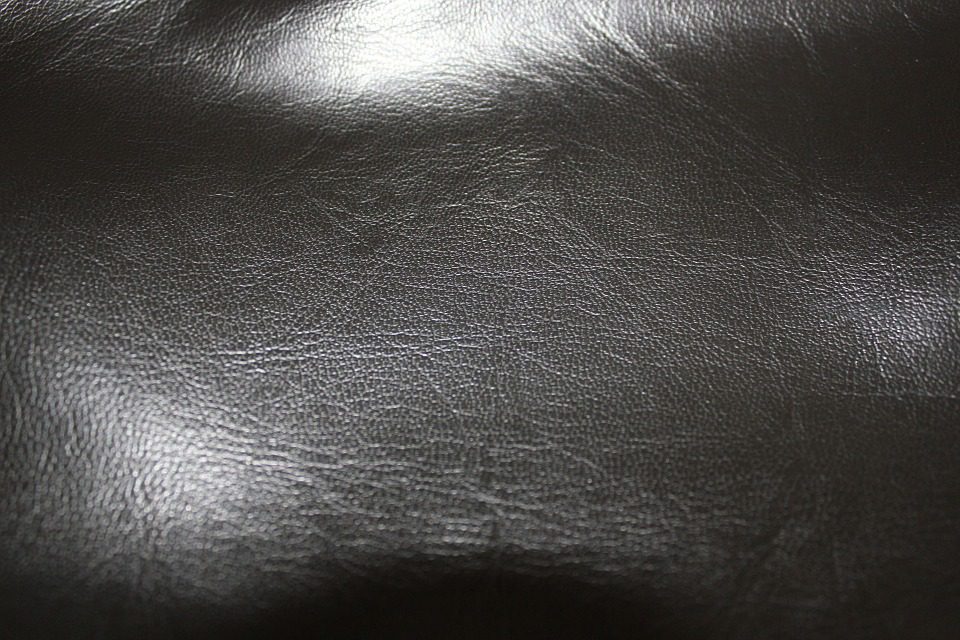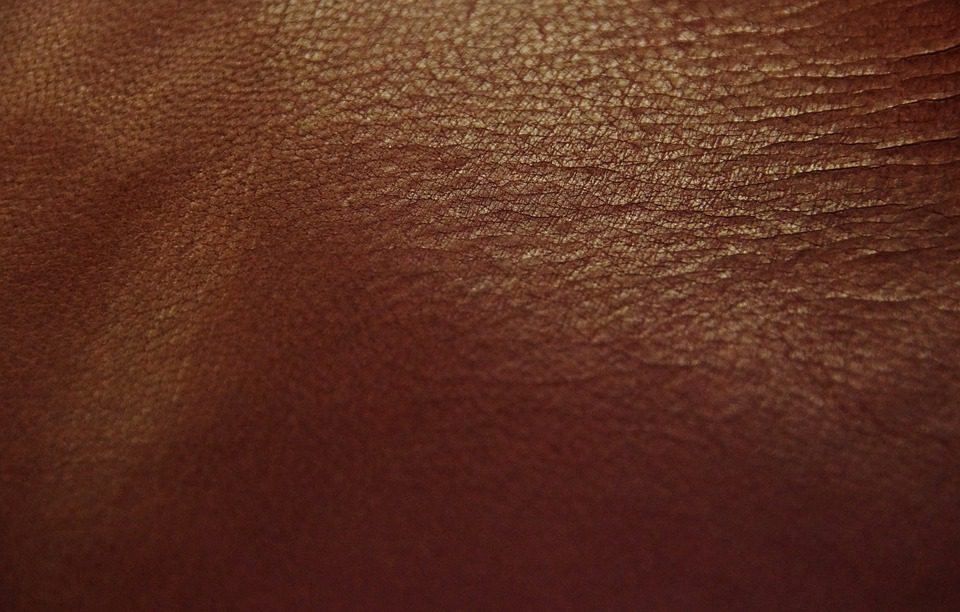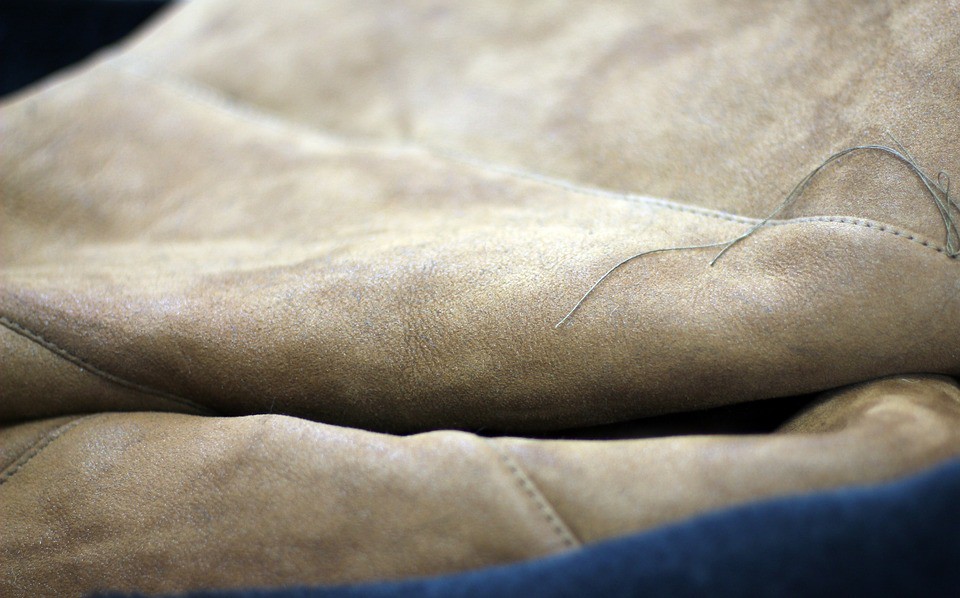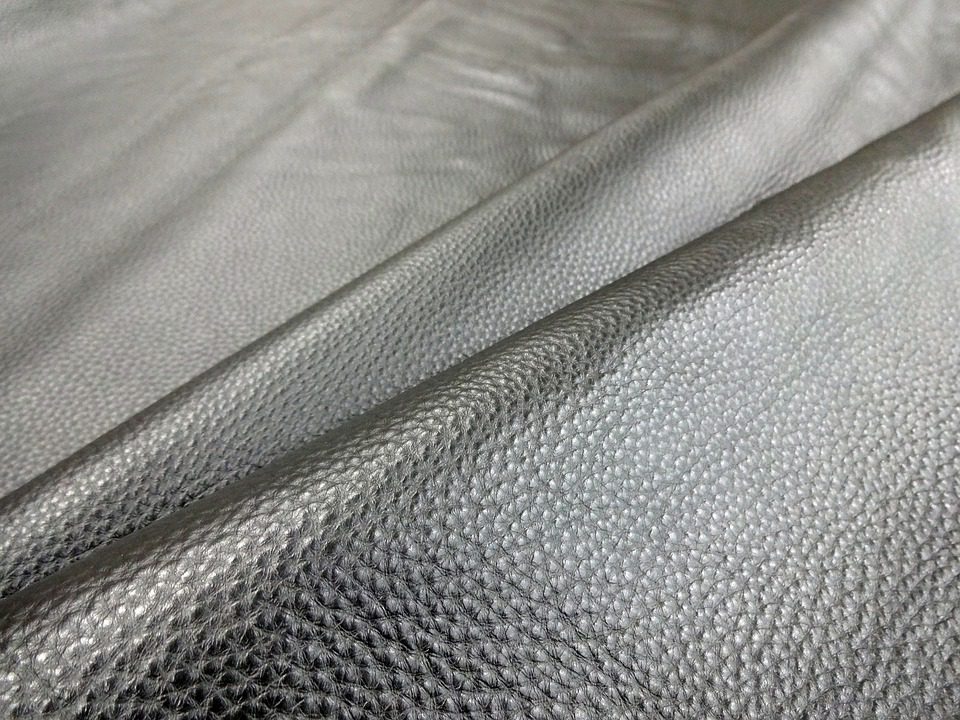When we return home after a hard day at work, there is one place where we want to sink: the sofa. The relief and relaxation you feel when sinking yourself in a comfortable sofa is priceless.
There are many components that determine comfort, such as the structure, the padding, the ergonomics and, of course, the covering and the material used. A sofa can be made of fabric, velvet, leather or faux leather and every material has its own characteristics and its pros and cons, which have to be carefully evaluated before the purchase, both from a functional as well as aesthetic point of view.
Let’s see which are the pros and cons for every covering:
Fabric:
- Pros: easy to wash and wide variation of color and texture; it can be anti-stain.
- Cons: delicacy of the material; difficult to clean in case of contact with liquids; usury.
Velvet
- Pros: softness and comfort; elegance; high quality.
- Cons: high price; delicacy of the material; usury.
Leather
- Pro: resistance and elasticity thanks to leather softeners; aeration and thermoregulation properties (keeps warm in winter and cool in summer); durability
- Cons: imperfections to accept; requires specific cleaning products and leather finishing products, that however, you can find at VecoItalia.
Faux Leather
- Pro: does not absorb liquids; easy to clean; cheaper than real leather (but not as charming).
- Cons: less resistant than real leather; lower quality than real leather; it does not transpire.
Good choice and enjoy your relax!

